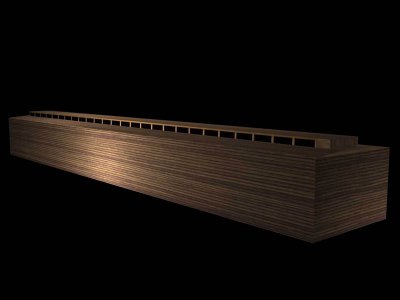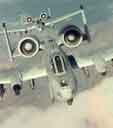 Just as God brought the animals to Noah by supernatural means, He surely also prepared them for this amazing event. Creation scientists suggest that God gave the animals the ability to hibernate, as we see in many species today. Most animals react to natural disasters in ways that were designed to help them survive. It’s possible many of the animals did hibernate, perhaps even supernaturally intensified by God.
Just as God brought the animals to Noah by supernatural means, He surely also prepared them for this amazing event. Creation scientists suggest that God gave the animals the ability to hibernate, as we see in many species today. Most animals react to natural disasters in ways that were designed to help them survive. It’s possible many of the animals did hibernate, perhaps even supernaturally intensified by God.If we had been able to walk through the Ark as it was being built, we would undoubtedly be amazed at the ingenious systems on board for water and food storage and distribution. As Woodmorappe explains in his book, Noah’s Ark: A Feasibility Study, a small group of farmers today can raise thousands of cattle and other animals in a very small space. One can easily imagine all kinds of devices on the Ark that would enable a small number of people to feed and care for the animals, from watering to waste removal.
As Woodmorappe points out, no special devices were needed for eight people to care for 16,000 animals. But if they existed, how would these be powered? There are all sorts of possibilities. Gravity? Wind? Or the motions of the Ark? Who know what technology Noah had available to him.
Sign of Design: Regarding Tyrannosaurus rex, two specialist biomechanical researchers have shown that the famous “king tyrant lizard” would not have been able to run fast. The strength of a muscle is related to volume. So, as the strength needed escalates with increased weight, the mass of the muscle required increases still faster. At the size of a T. rex, chicken-type speed would require it to have an impossible 200 percent of its body weight in its legs. In short, large dinosaurs were much more likely to be prey for humans (e.g., hunting in groups, or using traps or poison darts) than the other way around.
P.S. I found a very neat site, that shows what the Ark may have looked like while under construction (On the site is a 3D sample that needs to be downloaded. It’s fairly large, but worth a small wait.)
To view, click - here


2 comments:
That was fascinating! Thanks for linking to it. I liked the look of the wood. Things just aren't built like that now! You have written another revealing and excellent post!
That was very interesting. I love your Signs of Design!!
Thanks for your jelly bean votes! :-)
Post a Comment